Posts Tagged: albany
TBT – The Thread of Time
About the time my son was born, 10 years ago now, I succumbed to family pressure to do something about my mother. That something was to move her out of her home in Fresno, where she had lived since coming to America 42 years before, and bring her to live here in the Bay Area. I’ll never know whether it was the right thing to do. There probably is no fact of the matter that would make it right or wrong. It was just one possible thread rather than another.
Four years ago, we moved mother again. This time, from independence in her apartment to dependence and supervision in a board and care home.
During the subsequent dissolving of an internally coherent jumble of artifacts and ephemera, I endeavored to document each particle, every trivial item, every talisman of personal narrative, before casting it into nothingness.
Occasionally, some string is needed to secure a package, or truss a chicken, or tie the current moment to a memory. And to another. And another still. But for some, there is no need anymore. Not now. Untied, memories spill to the floor and are lost. Those that remain come and go as they wish, masquerading as experiences, unstuck in time.
White Front closed its doors in 1975.
Parade of Color
Mexican dancers in the Solano Stroll parade. Too bad I was on the shaded side of the parade. There’s always next year.
Eclipse Crescent Shadows
Experimenting with different processing approaches on a batch of photographs taken during the Sunday’s annular eclipse.
x-pro Eclipse
We scrambled at the last minute to try to get somewhere to see the eclipse. We ended up at the local park with a bunch for friends and neighbors with everything from telescopes to layers of dark glass. This was shot by holding the camera in one hand and a couple of layers of welder’s glass in front of my lens with the other. A kind of like the lo-fi cross-process look that came out.
Live and Learn Photography
As you may remember, about this time last year I embarked on a project to photograph all, every inch, of Albany’s commercial streetscapes. Granted, this only amounts to two streets that intersect and are each about a mile long. It is not a big place, but that still amounts to a few hundred shots to get every linear inch of it all. And I didn’t finish all of it until July.
For this, I really wanted to go for a sharpness that I don’t often worry that much about. I did it all on a tripod with the sharpest lens I have, a 35mm prime. And–well, I’m going to out myself here as a basic idiot, but I’ll proceed anyway–I also thought I would stop down to get deep depth of field and the best sharpness I could. So I shot the whole thing at f/16. So, short of going really far, like using mirror-up mode to reduce vibration, I thought I was going to get the sharpest results possible with my current gear. But somehow,… the results weren’t really that great. The shots didn’t look as I imagined they would.
Today I may have discovered why. I happened across a discussion of techniques for sharpness on a photographer community site, and it turns out that while depth of field increases at smaller apertures, after about f/8 or f/11, diffraction creeps up and results in a general out-of-focus softness. This is something landscape photographers deal with in trying to balance deep depth of field with maximum sharpness. Needless to say, I won’t be reshooting the project. But I will be remembering the lesson for a long time.


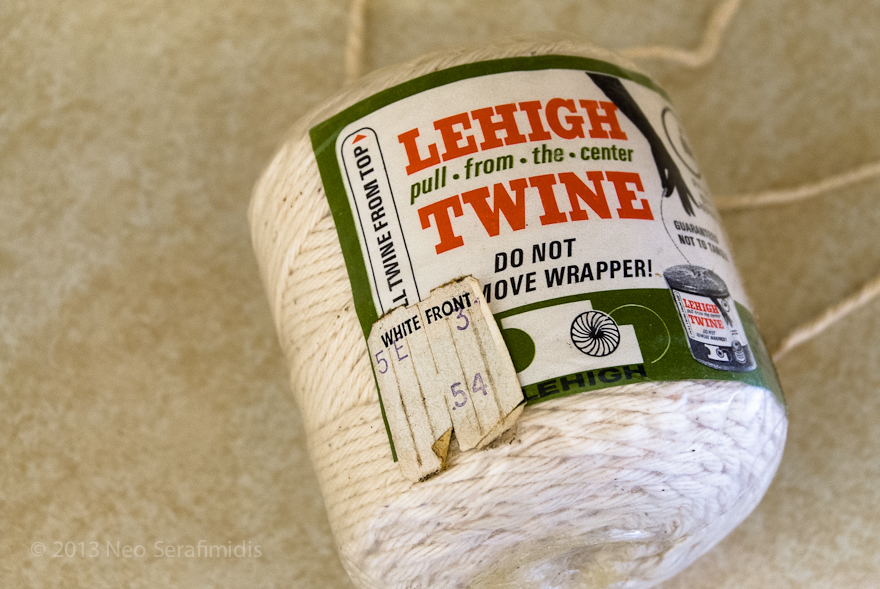
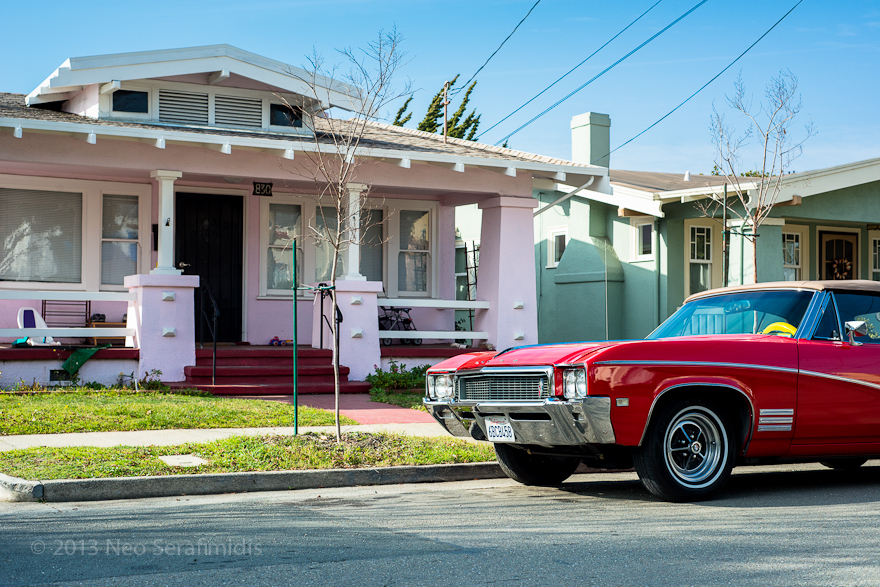


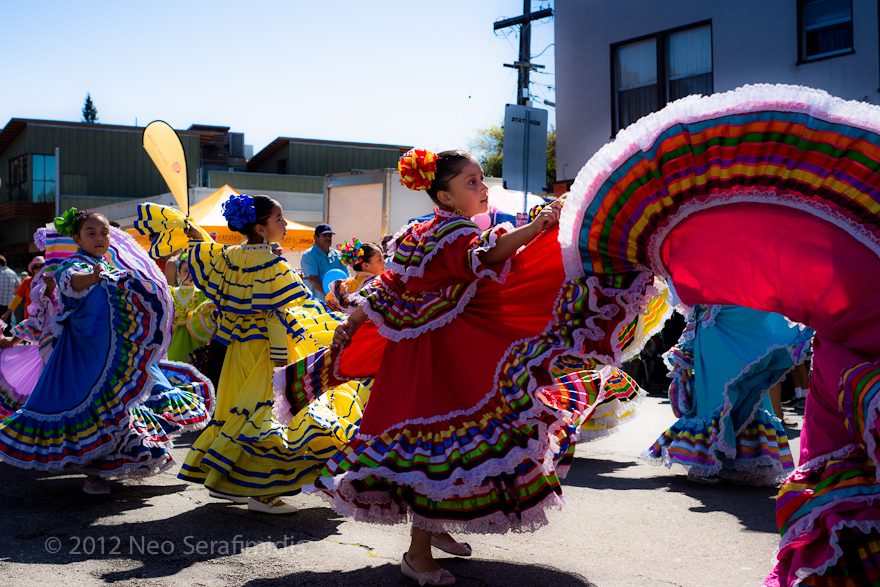
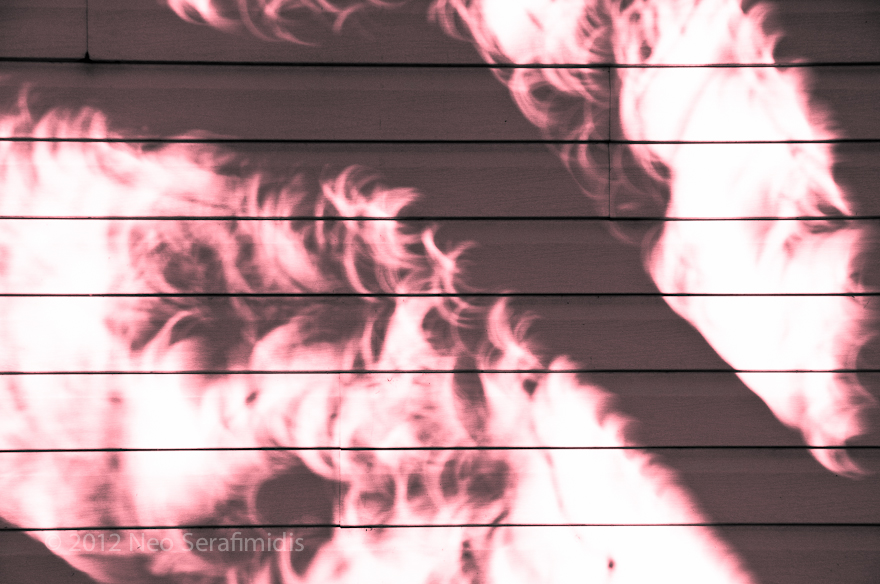
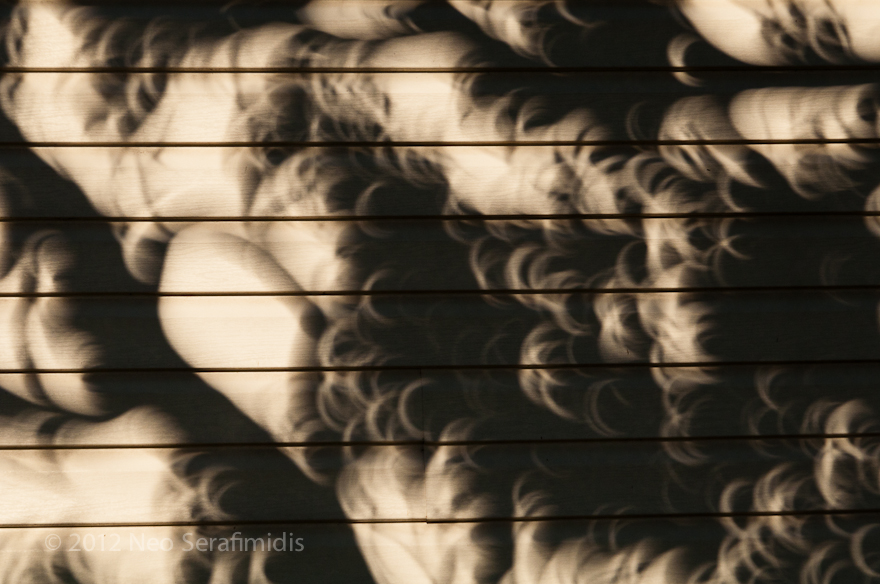

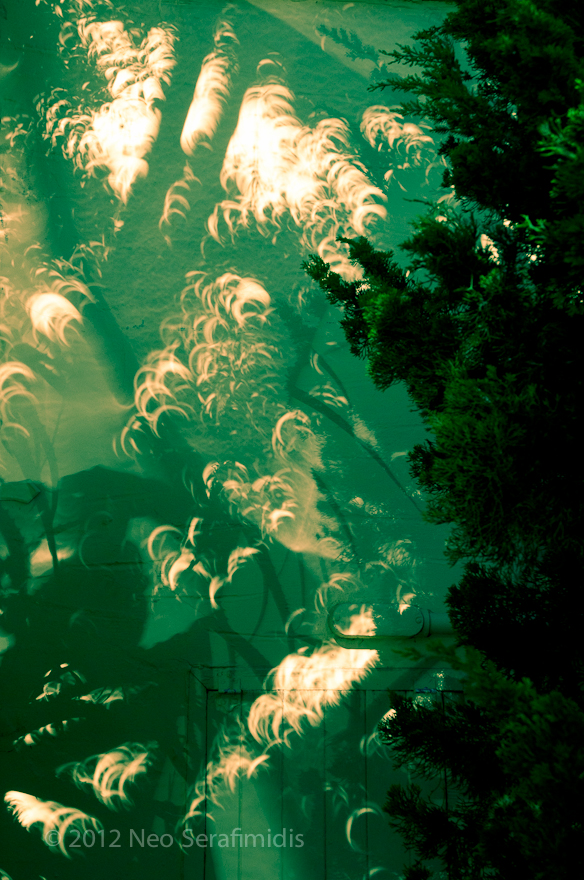


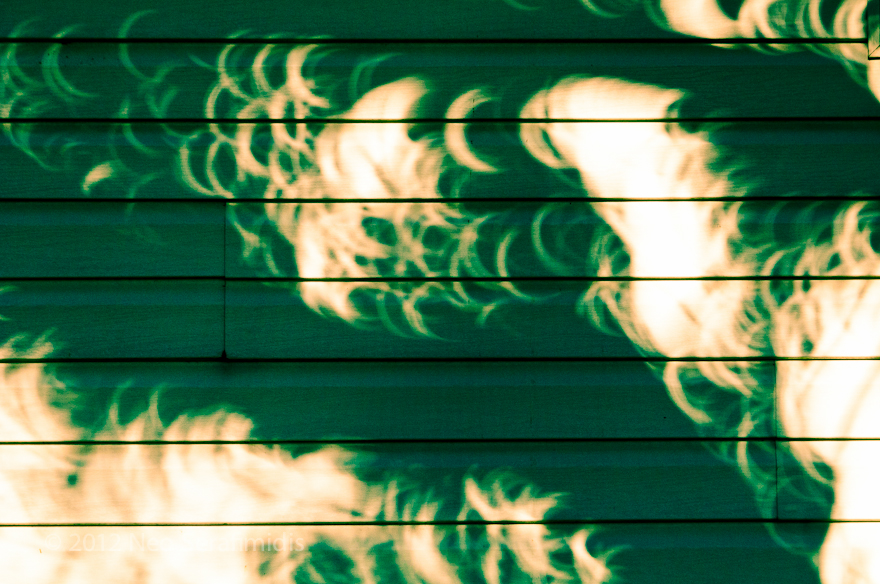

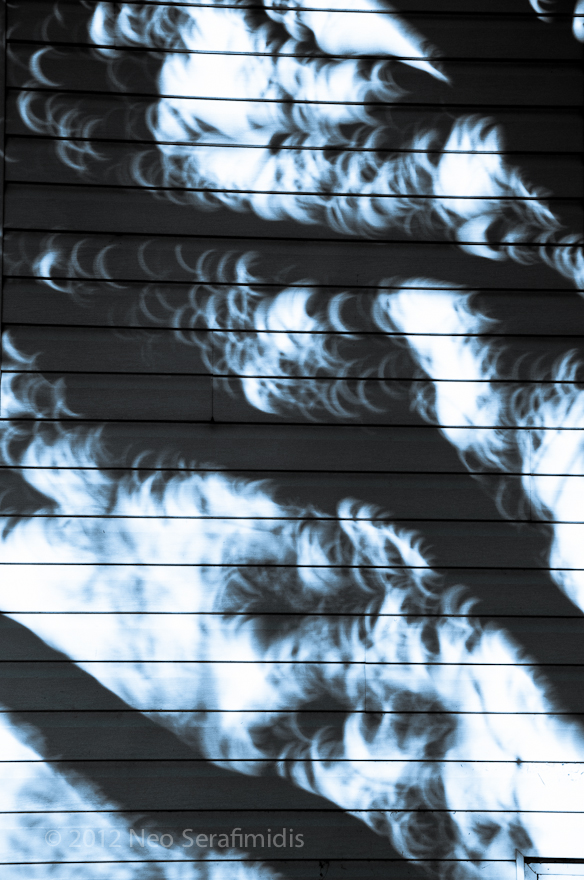




You must be logged in to post a comment.